EV Tips & Tricks
2024
.
07
.
30

Types of Charge:

Level 1 Portable Charge: Using the included charging cable you can plug your EV into a common household outlet.
Level 2 AC Charge: Plug into an AC charger installed in your home or at a public charging station.
Level 3 DC Charge: Charge at high-speed at a public charging station. Speed of charge depends on kW power of the charger

Public Charging 101:
Most public chargers are set up in networks that require that you set up an account in advance such as Flo and ChargePoint and download an app. Some will accept a credit card at the charger station (e.g. Petro-Canada charging stations). Use apps like ChargeHub and Google Maps to locate chargers, identify networks and for route planning. Once you’ve created an account the charger network will issue you a card and/or provide a smart phone app either of which can be used to activate charging. You’ll need to use your credit card to add funds to the account which are reduced each time you charge.
DC Fast Charging:
Charging your electric car using DC charging is only effective if your battery level is below 80%. Once the charge reaches 80%, the charging speed slows down significantly and approaches the charging speed of a Level 2 charging station. At that point it's best to continue on to your destination or switch to a Level 2 charger. Use of DC charging should be used mainly while travelling and not day-to-day in order to preserve the capacity of the high voltage battery
Charging Tips:
For day-to-day driving it is ideal to charge to only 80 % to preserve battery life and reserve 100% charging for longer trips. You can program your EV to stop charging at 80% automatically.
Try to use Level 2 charging for daily charging and Level 3 DC charging less often to prolong battery life.
Charge only when you need to and don’t plug in every night just because you can. Overcharging can diminish battery life.
Use the scheduling feature to take advantage of off-peak charging hours.

What Does Regenerative Braking Do?
Regenerative braking captures the kinetic energy from decelerating and braking and transforms it into electric energy in order to charge the high voltage battery. This minimizes energy loss and increases your range. You can choose your preferred level of regenerative braking from 0 to 4 (full one-pedal driving) using the paddle shifters. Note it is also important to use your brakes regularly to remove build-up on the rotors.
Genesis EV Tip: You can bring the vehicle to a complete stop using regenerative braking by holding the left side shifter while coasting regardless of what level of regenerative braking you have enabled.
What Does it Cost to Charge your EV?
To figure out how much it will cost to travel 100 kilometres, multiply your Hydro’s per-kWh rate (ie: $0.1178) by the vehicle’s kWh/100 km rating (for example, 18 kWh/100 km): $0.1178/kWh X 18 kWh = C$2.12.
Note that overnight rates are often much lower and Ontario even offers an ultra-low overnight rate specifically for EV Drivers.
Every EV’s kWh rate will be different. It is displayed on the dash and will change based on your driving habits. For example using ECO mode and regenerative braking will decrease your kWh rate.
Tips to Maximize Range:
- The optimal cabin temperature is 22C to maintain optimal energy consumption rates while keeping passengers comfortable.
- You will have the longest range when using the ECO mode.
- Use regenerative braking when appropriate.
- When driving alone you can set the climate control fans to heat/cool only the driver’s area to reduce energy use.
- Ensure tires are properly inflated
- Accelerate and drive smoothly
- Pre-heat or cool your vehicle before leaving while it is still plugged into a charger.

.png)

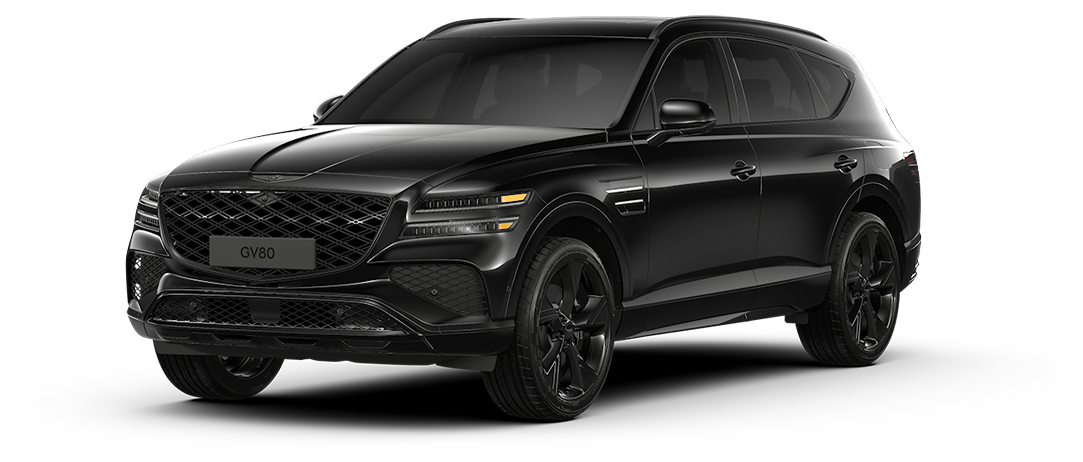

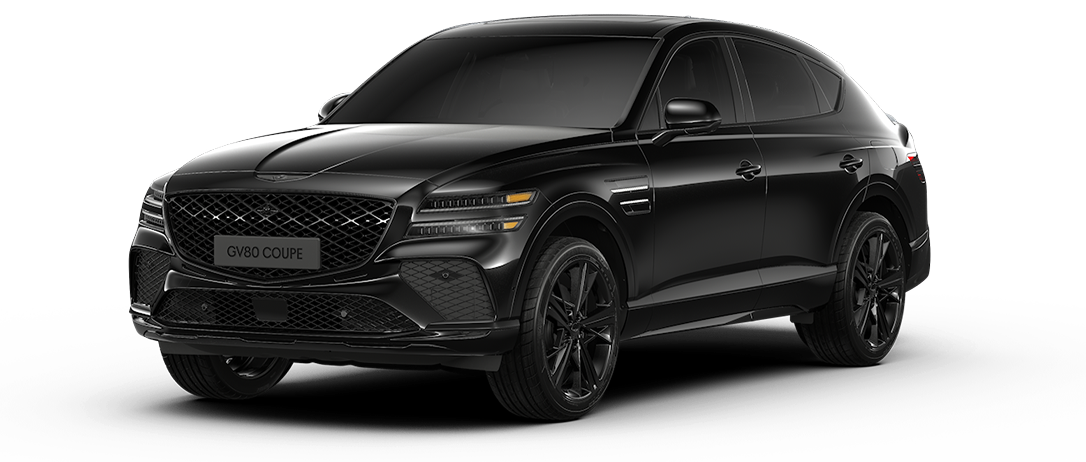

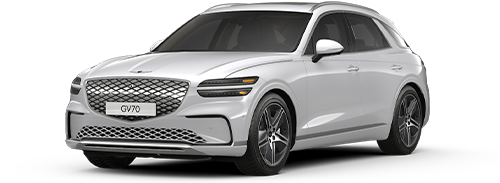




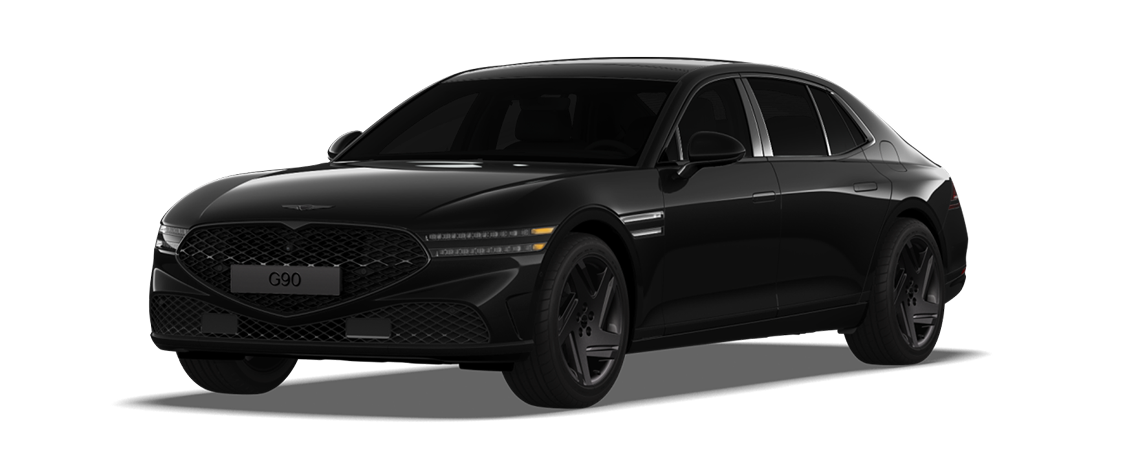






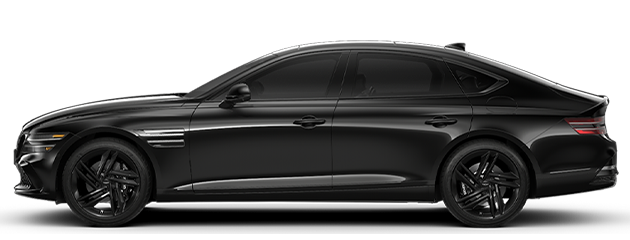

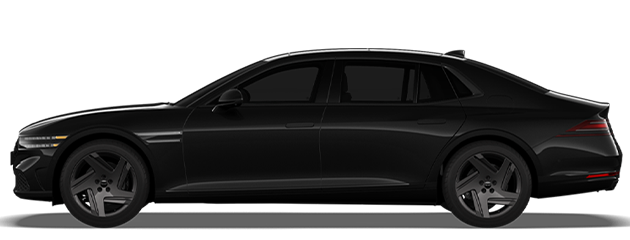

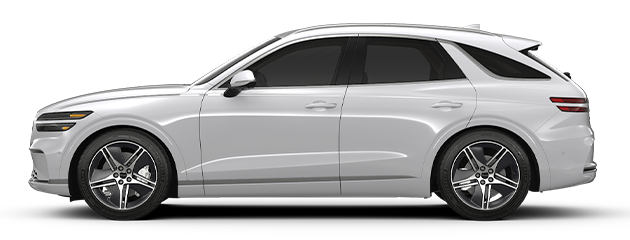
.avif)
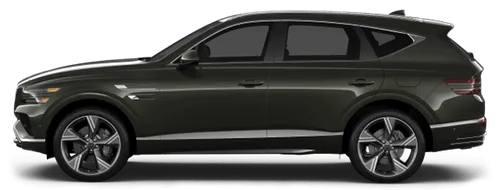




.svg)



